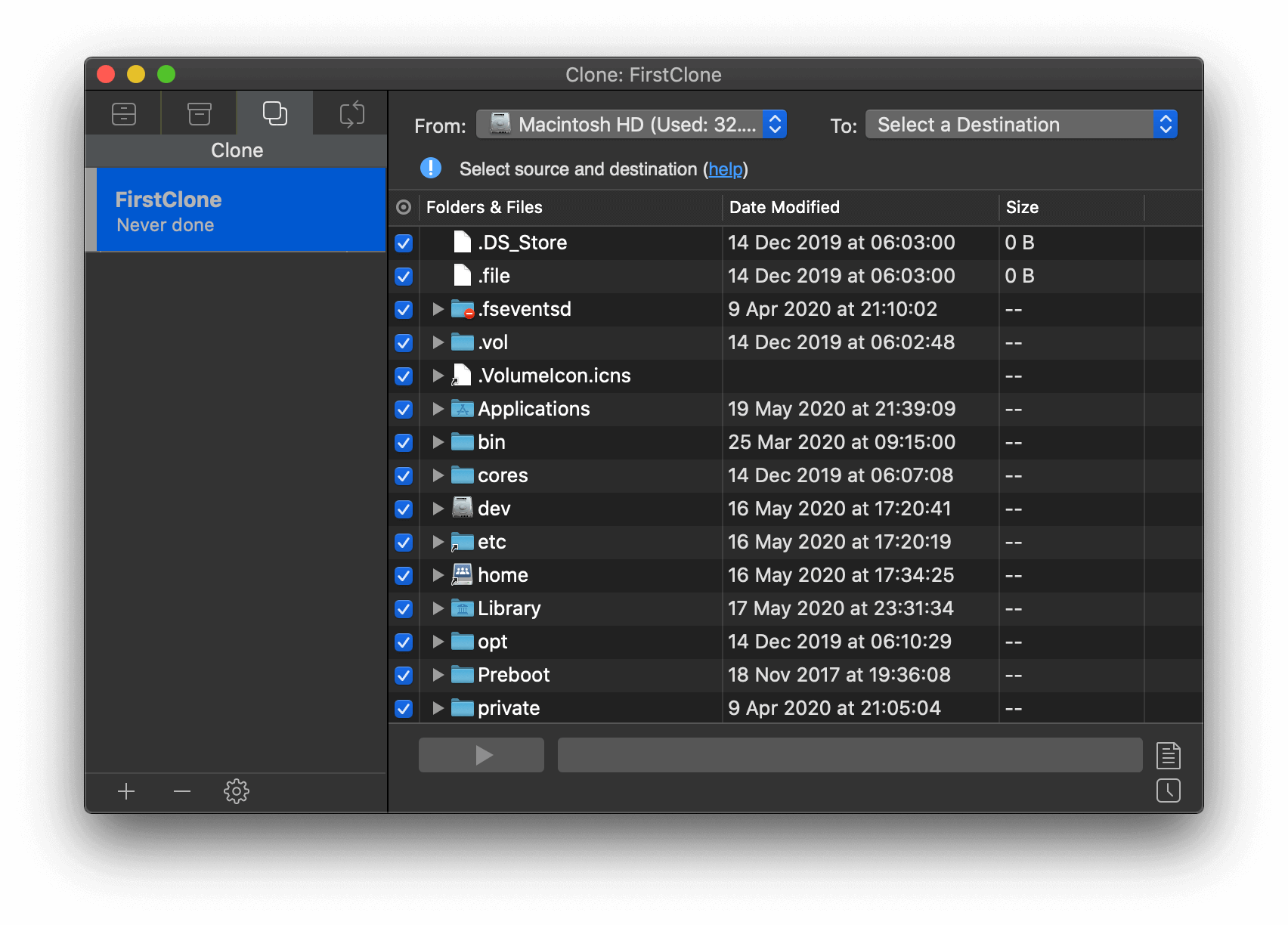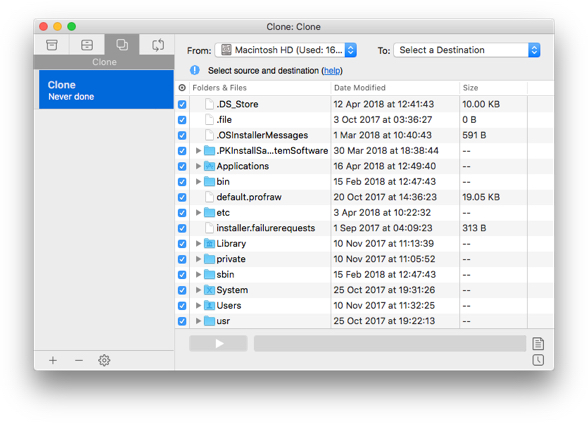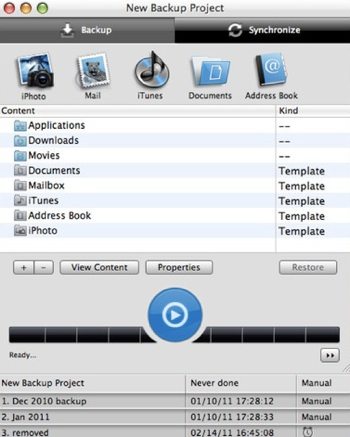
- #GET BACKUP PRO SPARSEIMAGE HOW TO#
- #GET BACKUP PRO SPARSEIMAGE FOR MAC OS X#
- #GET BACKUP PRO SPARSEIMAGE PDF#
- #GET BACKUP PRO SPARSEIMAGE ARCHIVE#
- #GET BACKUP PRO SPARSEIMAGE FULL#
It is not awkward for small safes, but is a huge problem for multi-GB sized safes. But, it suffers from a huge disadvantage if converting safes to continue working on: disk image format “Read/write” proposed wastes disk space in a terrible way (i.e.: if the FileGuard safe was defined with a size of 100 MB, the resulting disk image will take 100 MB of disk space, even if the safe uses only 10 MB of its volume). The method described below is simple and fast, particularly if safes are archived using "Compressed" disk image format. Once opened, the source file and the associated volume are revealed in the sources list of Disk Utility. This property also applies to FileGuard safes. The simplest method to convert a FileGuard safe into a disk image is to use Disk Utility facilities: all disk images mounted on the Mac are also shown in the sources list on the left side of its main window.
#GET BACKUP PRO SPARSEIMAGE HOW TO#
How to convert FileGuard safes into disk images? This application is available from "Utilities" subfolder of "Applications" folder.
#GET BACKUP PRO SPARSEIMAGE FOR MAC OS X#

Ideal choice for older Macs, or when the disk image needs to be opened with a system equal or older than Mac OS X 10.4. AES-128 is the first encryption format available.The choice of one compared to the other depends on the depth of encryption needed, the level of compatibility aimed, and the power of the Mac to complete the task Mac OS X manages by default 2 encoding schemes: AES-128 and AES-256. Cons: bigger than sparseimage when created. Pros: the modification of only one file affects only one band, and not the entire disk image, which turns backups more efficiently, even for a disk image sizing many GB. Sparse bundle disk image (Sparsebundle): this format is equivalent to Sparseimage, except that it is adapted to the local and networked incremental backups (like Time Machine or Personal Backup do), because, instead of creating a monolithic file of only one block, it gathers a package of bands.It always requires to define its size during its creation. Sparse disk image (Sparseimage): this format behaves like the standard Read/write, without its disadvantage: it grows bigger as it fills.It remains effective for cases where the size must be set from the beginning, in order to limit fragmentation, for example. Cons: its size is determined at the disk image creation (a 40MB disk image volume will take 40MB of real disk space). Read/write: the default format when continuing to work with files and to hide them from inquisitive eyes.
#GET BACKUP PRO SPARSEIMAGE ARCHIVE#
This way to store files become useless: either you keep the disk image on your startup drive as a reference, or your archive it on a dedicated external medium. Once created, the resulting disk image is read-only (it cannot be modified any more). Compressed: the usual format to freeze a folder content taking up less possible space.There are many kind of disk images, but the most commonly used are the following ones, which refer to 4 different uses:

You’ll find this file by opening the Contents folder that appears at the root level of the package and then the Contents folder within the original Contents folder.Creating Disk Images as Substitute for SafesĪmong the tools provided by Apple with Mac OS X, the disk images are very similar to FileGuard safes.

#GET BACKUP PRO SPARSEIMAGE FULL#
That workaround is to Control-click the backup file (the full backup if that’s where the files you want reside or an incremental backup if the files were added after the full backup), select Show Package Contents, and mount the Backup.sparseimage file within. The short answer is that Backup 3 has some problems restoring individual files. But again, even though a directory may exist in which a file should reside, either it is not there or if the file icon is present the file is empty. I have tried dragging the corresponding files from later Incremental backups on the backup drive to the internal drive.
#GET BACKUP PRO SPARSEIMAGE PDF#
Alternatively, some files (particularly pdf files) say that they are, e.g., 104Kb in size but are blank when opened-nothing on the page. That is, they exhibit the correct icon according to the program in which they were created but the file information reveals zero Kb for the file size.


 0 kommentar(er)
0 kommentar(er)
